Skroutz Buyers Protection
Ιστορία της τέχνης, The birth of a new science from the 19th to the 20th centuryCode: 4084239
- Author: Νίκος Δασκαλοθανάσης
- Publisher: Agra
- Μορφή: Soft Cover
- Κωδικός ISBN-13: 9789605050702
Νίκος Δασκαλοθανάσης
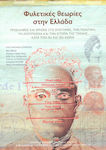

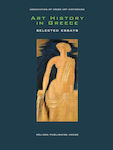


Art Books
Μουσεία 06: Διαλέξεις και μελέτες για τις πολιτισμικές σπουδές και τις εικαστικές τέχνες
Ad from VivliodiktyoAdded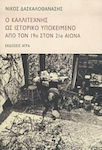

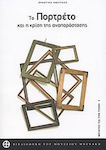
Similar products


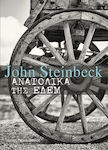



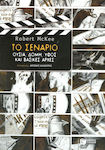
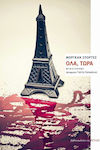

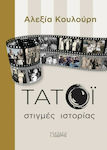


Art Books
Η Ελληνική Κινηματογραφική Παραγωγή (1942-1990). Πολιτισμικές Και Παραγωγικές Μεταβολές
Ad from Buy the bookAdded
All shops
Prices are calculated for:Malta, Other Payment Options
- 16,10 €
- 20,69 €
- 15,87 €
- 18,40 €
- 18,40 €
- 17,25 €
- 16,10 €
- 17,25 €
Description
What is the history of art? Whatever Pliny narrates, whatever the Bazaar includes in its Lives, or perhaps the History of Ancient Art, the swan song of Winckelmann? It is certain that the writings of all these authors are connected both with art and with its history. However, the subject of this book is different. It concerns how the history of art is formed as a science, how it defines its field of study, classifies its vast material, and develops its own theoretical discourse. The author's position is that this process must necessarily be linked to the emergence of the nation-state: The science of art history has been, from the beginning, especially in the German-speaking world, a vehicle for shaping the very "ideology" of the nation through the museum-university dichotomy. The pages of the book describe the activity of the historians of the Berlin School, the vision of the young romantics (including Goethe) about the "northern" Middle Ages, the projection of the Italian Renaissance by Jacob Burckhardt, the empirical method of Giovanni Morelli, the successes and failures of the specialists, the controversial career of Bernard Berenson. The author places particular emphasis on the complex work of Alois Riegl and the other representatives of the Vienna School, as their dispute with the "Attila of art history" Josef Strzygowski about the "late antiquity" defined the discussion about the origin of the modern European civilization itself. The circle closes with the presentation of the "structural" theory of the Nazi Hans Sedlmayr, where the intense political and social tensions of the interwar period are highlighted through the exemplary analysis of the painting of Peter Bruegel. This book thus illuminates all the significant aspects of the birth process of this new science that is formed at the dawn of modernity on the tumultuous horizon of European history.
The 512-page book includes 806 bibliographical and interpretive notes, a bibliography of 378 titles, 91 (black and white) images, and an index of names.
Specifications
- Genre
- Movie theater
- Language
- Greek
- Subtitle
- The birth of a new science from the 19th to the 20th century
- Format
- Soft Cover
Important information
Specifications are collected from official manufacturer websites. Please verify the specifications before proceeding with your final purchase. If you notice any problem you can report it here.















































